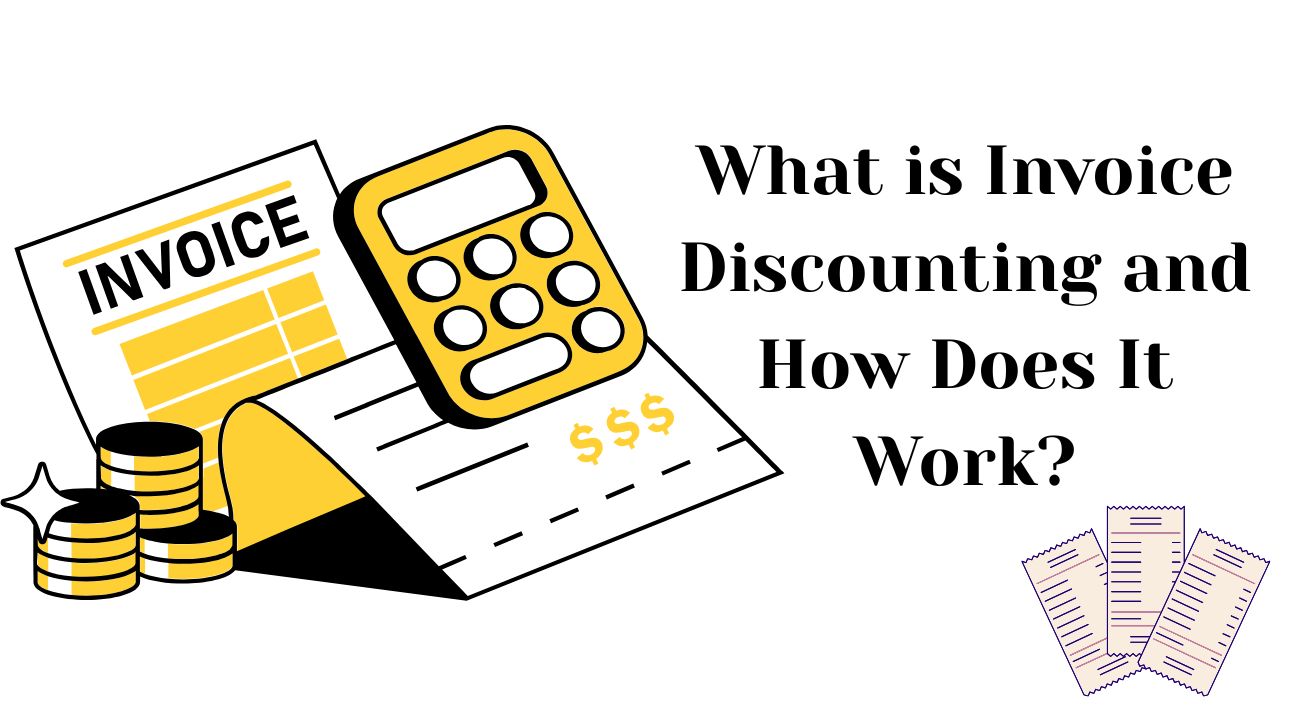During the peak season, you can easily manage labour costs, material costs, and shipping, but what if your business slows down and inventory takes a long time to replenish? Here comes the role of ecommerce business loans.
Ecommerce business loans help you borrow money to cover all your operational costs. They can be secured and unsecured, depending on the amount of money you borrow. Remember that your credit score plays a crucial role for a lender to decide the size of the loan and the interest rate.
Ecommerce business loans pros and cons
Ecommerce business loans will help you get lump sum money that you repay over a period of time. They are called short-term business loans when the payment is to be settled within a year. However, they are called long-term business loans when the repayment term extends up to five years.
Here are the advantages of ecommerce business loans:
- Easy cash flow
Because payments will be made every month at a fixed amount, it is much easier to manage cash flow. You can easily budget around your payments so you do not miss them.
- Favourable interest rates
Another benefit of these loans is that you will get flexible interest rates depending on the current financial condition of your business. You will get better rates than overdrafts and business credit cards or lines of credit.
- No interference from the lender
You can use an ecommerce business loan for any purpose. A lender will not restrict you from using that amount the way you want. However, you are not supposed to use the funds for any personal reasons.
Here are the drawbacks of ecommerce business loans:
- Not suitable for recurring expenses
Business loans are generally better to meet one-off costs rather than recurring expenses. Borrowing money for ongoing expenses can throw you in a debt problem.
- They are expensive
Although business loans are available at better interest rates than overdrafts and business credit cards, they are still expensive.
- Strict criteria
It is not easy to get the nod for these loans. You will need to have a good credit rating. Some lenders may consider you despite a bad credit application, but they will charge very high interest rates.
Alternatives to ecommerce business loans
It can be difficult to qualify for business loans to meet your ecommerce expenses. Sometimes, they do not have the right funding solution. You should consider the following options:
- Revenue-based financing
Revenue-based financing is an option for those ecommerce stores that experience seasonal sales. This kind of financing works on variable and flat fees. When you are on a variable fee structure, you will be required to pay a flexible percentage of revenues, which is between 6% and 12%. You will also pay additional agreed-upon fees and charges.
A flat fee structure is used when you need money for a long period of time. The flat fees will be charged on your gross revenues, which will be between 2% and 5% for the whole repayment period.
Here are the pros and cons of revenue-based financing
- You will have a smooth cash flow when your business is flat.
- Even if you need money for an extended time period, you are not required to put down the collateral.
- Revenue-based financing is subject to quicker approval and funding processes as compared to traditional bank loans.
- It is not easy to get a large amount of funds because of the fluctuation in your performance.
- Most of the time, funding is determined based on the past performance of your business, which rules out start-ups and businesses with little track record.
Revenue-based financing is not ideal for all types of ecommerce stores.
- Merchant cash advance
A merchant cash advance ensures the quickest funding without the need for collateral or a guarantor, but it is completely different from other financing options. You will borrow money against the value of projected sales. In other words, you take advance against the future sales. This is the best financing option to meet an immediate cash flow. Every time sales happen, a fixed percentage of money will be deducted. Here are the advantages and drawbacks of a merchant cash advance:
- They are more lenient than traditional loans. You can access to them even if your business credit history is very little.
- You do not have to put down collateral. A fixed percentage of the money will be sent to you based on your future credit card sales.
- Automated deductions are made as you make sales, so there is no risk of falling behind on payments.
- Merchant cash advance is quite expensive. You will be charged with high interest rates. Other financing costs less than a merchant cash advance.
- Merchant cash advances can throw you into a cycle of debt if you become too reliant on them.
You should use merchant cash advances only when you are not going to use them too frequently.
- Invoice financing
Invoice financing provides immediate funding of cash against unpaid invoices. These are the best alternatives when you need money to fund the gap in working capital. The invoice financing company will charge fees. Mostly companies fund up to 85% of the invoices. After collecting payments from your debtors, they will return the remaining balance minus their fees.
Here are the upsides and drawbacks of invoice financing:
- You will get instant approval. It takes up to 48 hours to get funds.
- No collateral or guarantor is required to borrow money against your invoices.
- The approval rate is high if your customers are creditworthy.
- Factoring companies charge service fees. They vary by invoice finance company. They can be too high.
The bottom line
There are various kinds of funding options you can consider to meet your ecommerce expenses. If you are not sure which one suits your needs best, consult a business finance broker. They will help you pick the right option for your ecommerce business.

Harry Kane is a financial writer and author who has covered wide topics related to business loans and finance for the last decade. He has been working as the Chief Contributor in finding out deals on various business finance products covered by Thebusinessfunds, a reputed business loan broker firm in the UK. The primary work of Harry is to analyse the loan requirements of various businesses according to their circumstances and affordability. He directly communicates with the loan aspirants and guides them to get the right loan matching their needs. He has a vast experience in finance writing, working with many major business firms in the UK. At Thebusinessfunds, Harry also used to write well-researched blogs covering the financial problems of business loan aspirants and providing relevant solutions. He is a postgraduate with MSc. in Banking and Finance.






